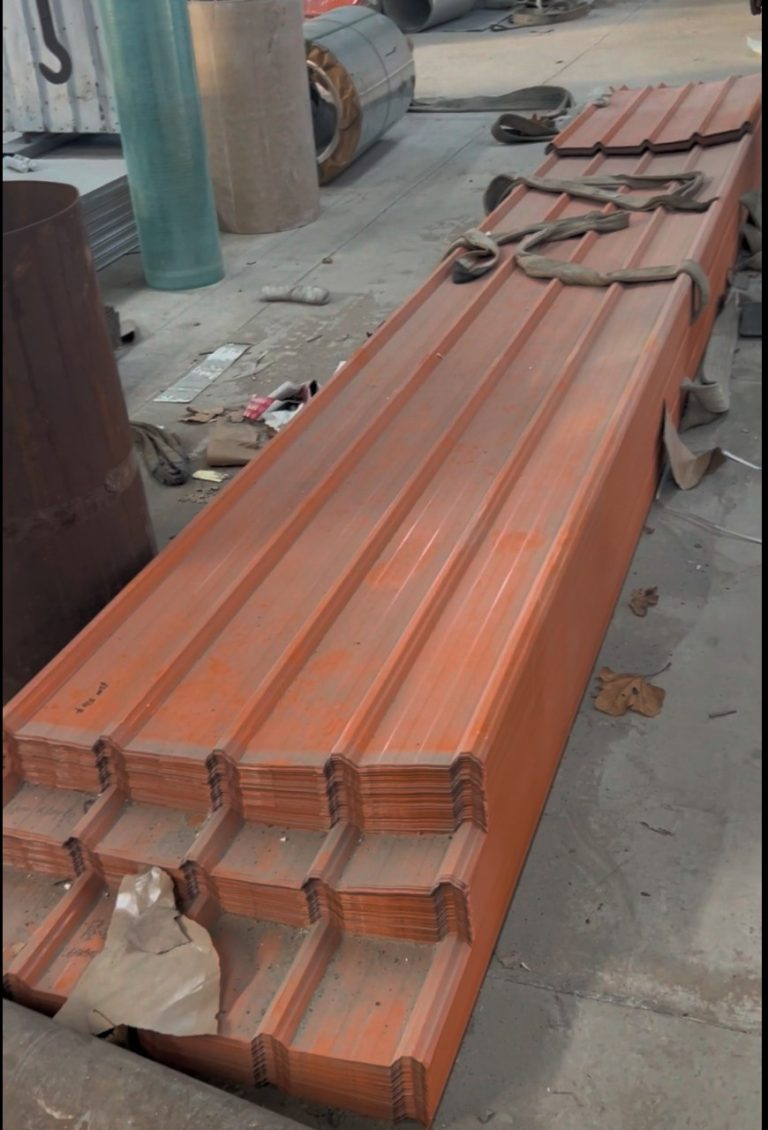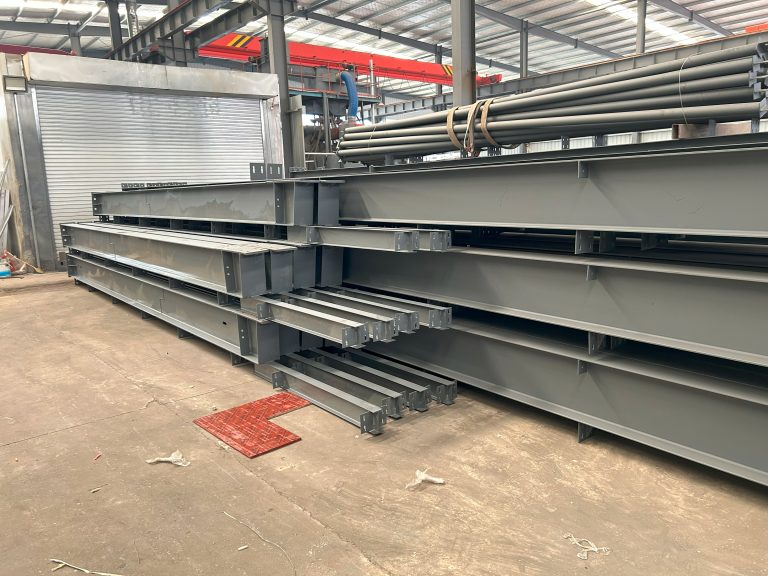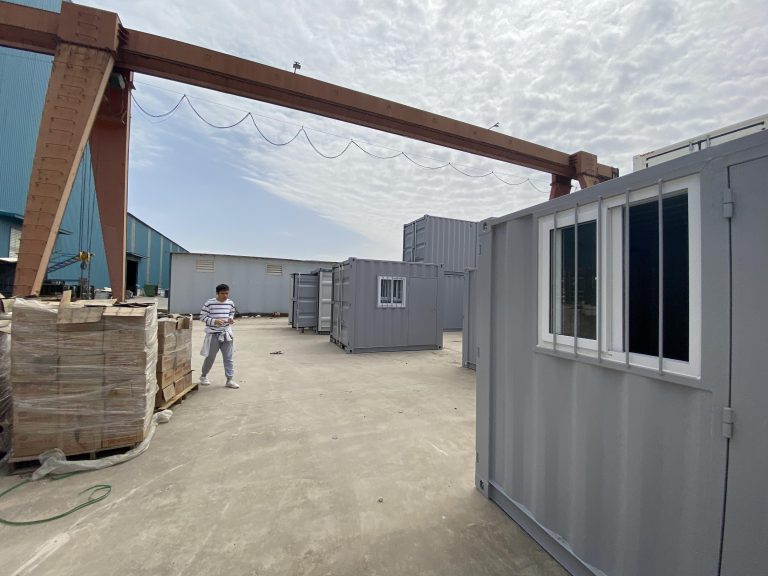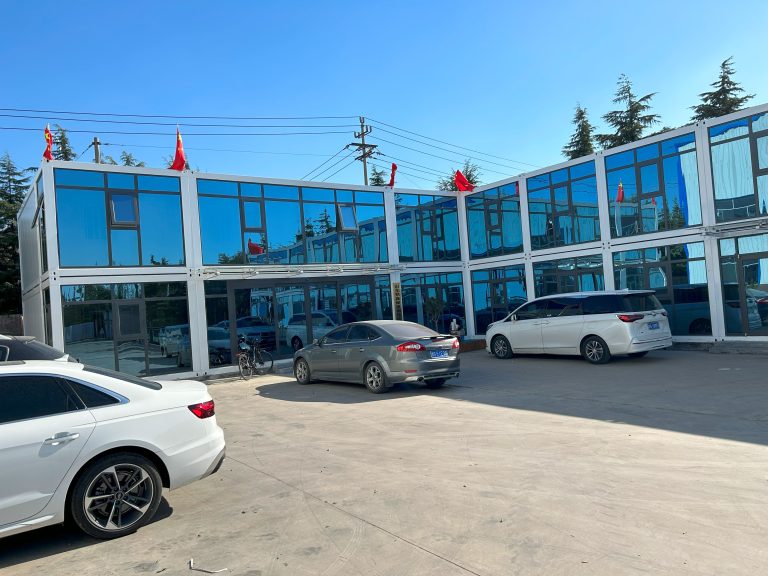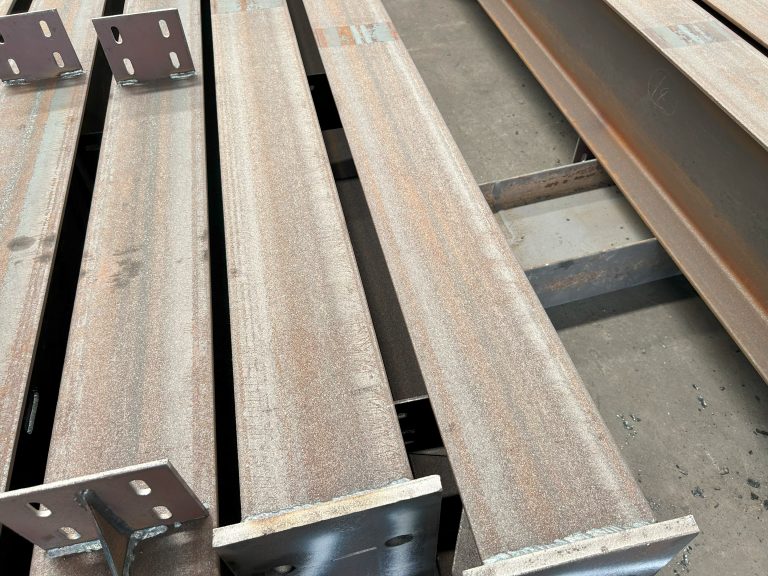The green development of steel structure industry and the realization path of double carbon goal
Inhoudsopgave
Sustainable Practices in Steel Structure Manufacturing
The steel structure industry plays a crucial role in the global economy, providing the backbone for infrastructure, construction, and manufacturing. However, the production of steel has long been associated with high levels of carbon emissions and environmental impact. In recent years, there has been a growing recognition of the need for sustainable practices in the steel industry to mitigate these negative effects and work towards a greener future.
One of the key challenges facing the steel structure industry is the need to reduce carbon emissions while maintaining production levels and meeting growing demand. This has led to the development of new technologies and processes that aim to make steel production more environmentally friendly. One such approach is the adoption of green development practices, which focus on reducing energy consumption, increasing efficiency, and minimizing waste in the production process.
One of the main strategies for achieving green development in the steel structure industry is the use of renewable energy sources. By transitioning to renewable energy sources such as solar, wind, and hydroelectric power, steel manufacturers can significantly reduce their carbon footprint and reliance on fossil fuels. This not only helps to lower emissions but also reduces operating costs and enhances the sustainability of the industry as a whole.
Another important aspect of green development in the steel industry is the implementation of energy-efficient technologies and processes. This includes the use of advanced equipment and machinery that consume less energy, as well as the optimization of production processes to minimize waste and improve efficiency. By investing in energy-efficient technologies, steel manufacturers can reduce their environmental impact while also improving their bottom line.
In addition to reducing carbon emissions and energy consumption, the steel structure industry is also exploring ways to increase the recyclability and sustainability of steel products. This includes the use of recycled materials in steel production, as well as the development of new techniques for recycling and reusing steel products at the end of their lifecycle. By promoting a circular economy approach, the industry can reduce waste and conserve resources, further contributing to its green development goals.
As the steel structure industry works towards a more sustainable future, it is also important to consider the broader implications of these efforts on global climate change. The steel industry is a major contributor to carbon emissions, and reducing its environmental impact is essential for achieving the goals set out in the Paris Agreement and other international climate agreements. By embracing green development practices and working towards a double carbon goal of reducing emissions while promoting sustainable growth, the steel industry can play a significant role in combating climate change and building a more sustainable future for all.
In conclusion, the green development of the steel structure industry is essential for reducing carbon emissions, promoting sustainability, and addressing the challenges of climate change. By adopting renewable energy sources, energy-efficient technologies, and sustainable practices, the industry can work towards a double carbon goal of reducing emissions while maintaining growth and meeting demand. Through these efforts, the steel structure industry can lead the way in sustainable manufacturing practices and contribute to a greener, more sustainable future for all.
Strategies for Achieving Double Carbon Goals in the Steel Industry
The steel industry is a major contributor to global carbon emissions, accounting for around 7% of total emissions worldwide. As the world strives to reduce carbon emissions and combat climate change, the steel industry is under increasing pressure to adopt more sustainable practices. One of the key strategies for achieving this is the development of green steel structures.
Green steel structures are those that are designed and constructed with a focus on reducing carbon emissions and minimizing environmental impact. This can be achieved through a variety of means, including using recycled materials, optimizing production processes, and incorporating renewable energy sources. By embracing green steel structures, the steel industry can play a significant role in helping to achieve the double carbon goals of reducing emissions and promoting sustainable development.
One of the key challenges facing the steel industry in its transition to green steel structures is the high energy intensity of steel production. Traditional steel production methods rely heavily on fossil fuels, which not only contribute to carbon emissions but also drive up production costs. To address this challenge, the industry must invest in new technologies and processes that can reduce energy consumption and emissions.
One promising approach is the use of hydrogen as a clean energy source for steel production. Hydrogen has the potential to replace fossil fuels in the steelmaking process, significantly reducing carbon emissions. By investing in hydrogen technology, the steel industry can make significant strides towards achieving its double carbon goals.
Another important aspect of green steel structures is the use of recycled materials. Steel is one of the most recyclable materials in the world, with a recycling rate of around 85%. By using recycled steel in the production of new structures, the industry can reduce its reliance on virgin materials and minimize its environmental impact. This not only helps to reduce carbon emissions but also conserves natural resources and reduces waste.
In addition to using recycled materials, the steel industry can also optimize its production processes to minimize energy consumption and emissions. This can be achieved through the use of more efficient equipment, improved process control, and the adoption of best practices in energy management. By investing in these areas, steel manufacturers can reduce their carbon footprint and improve their overall sustainability.

Transitioning to green steel structures is not only beneficial for the environment but also for the industry itself. By embracing sustainable practices, steel manufacturers can enhance their reputation, attract environmentally conscious customers, and gain a competitive edge in the market. In a world where sustainability is becoming increasingly important, green steel structures offer a path towards long-term success and profitability.
In conclusion, the development of green steel structures is essential for the steel industry to achieve its double carbon goals. By investing in new technologies, using recycled materials, and optimizing production processes, the industry can reduce its carbon emissions and minimize its environmental impact. Green steel structures not only benefit the environment but also offer a path towards sustainable development and long-term success. By embracing green practices, the steel industry can play a key role in the global effort to combat climate change and build a more sustainable future.

